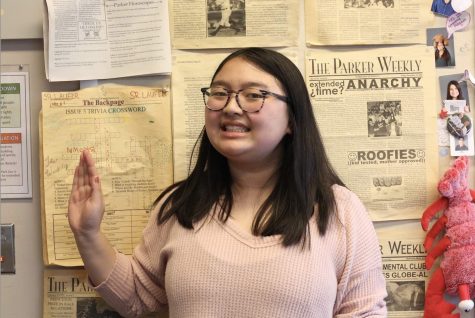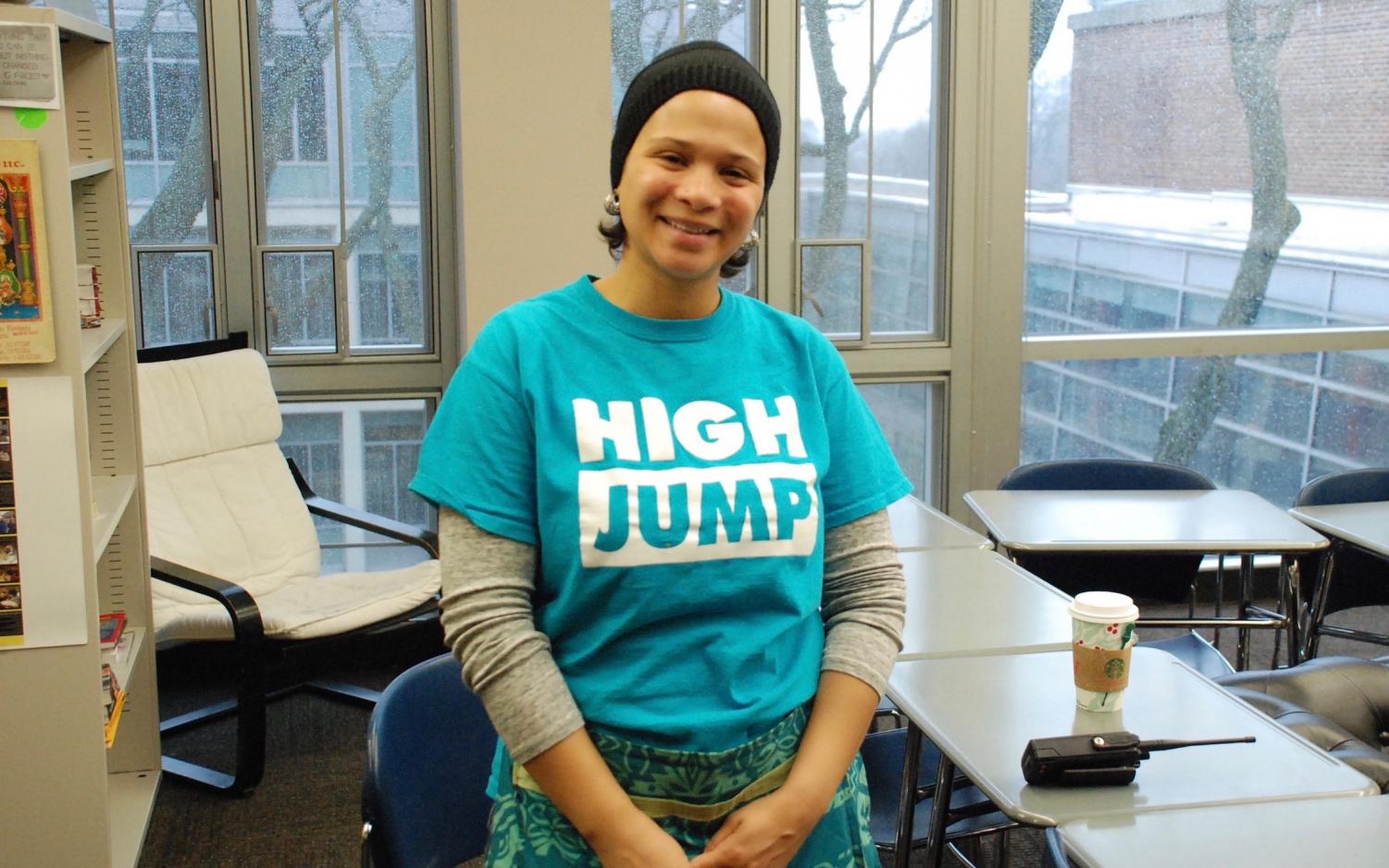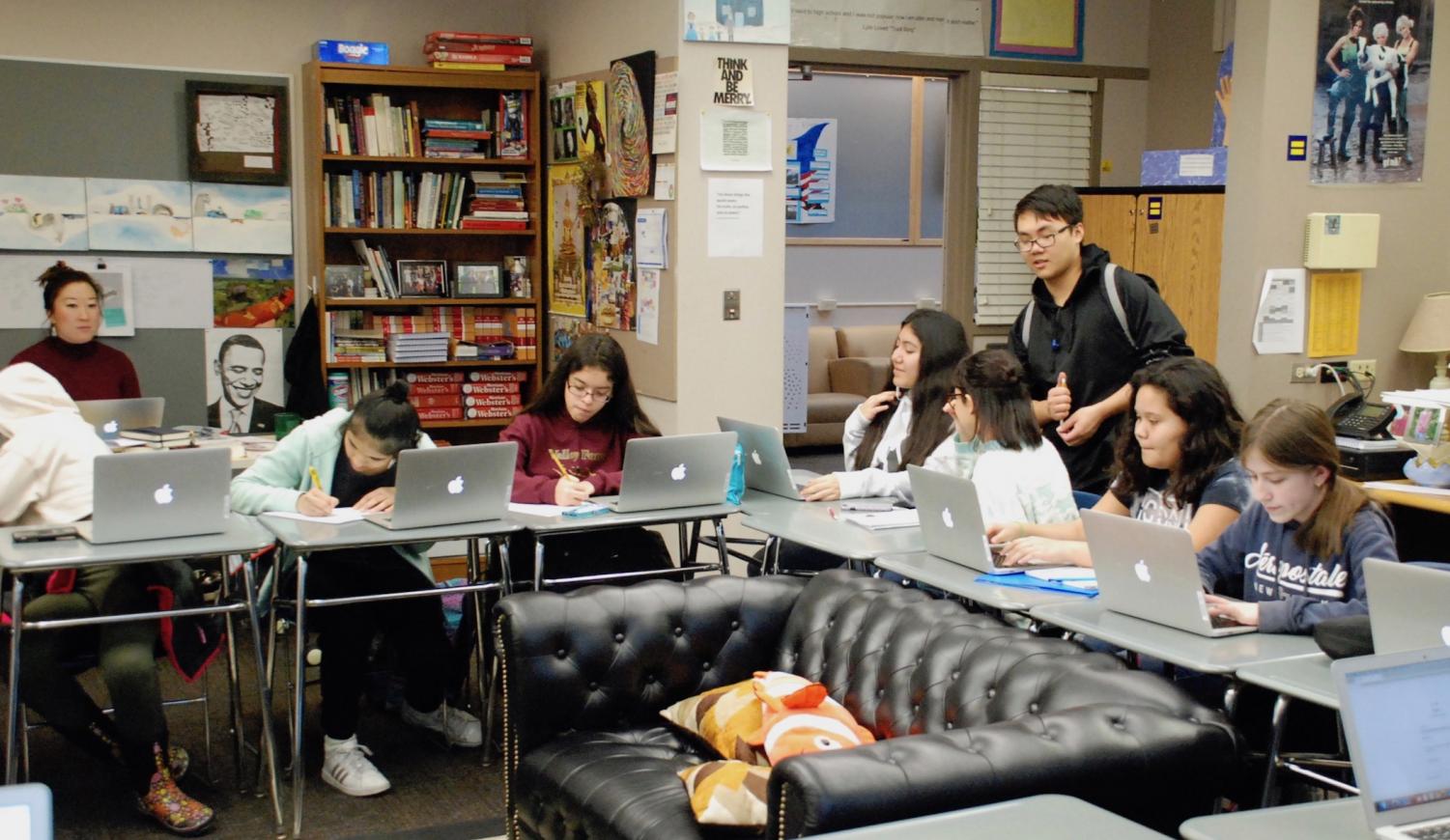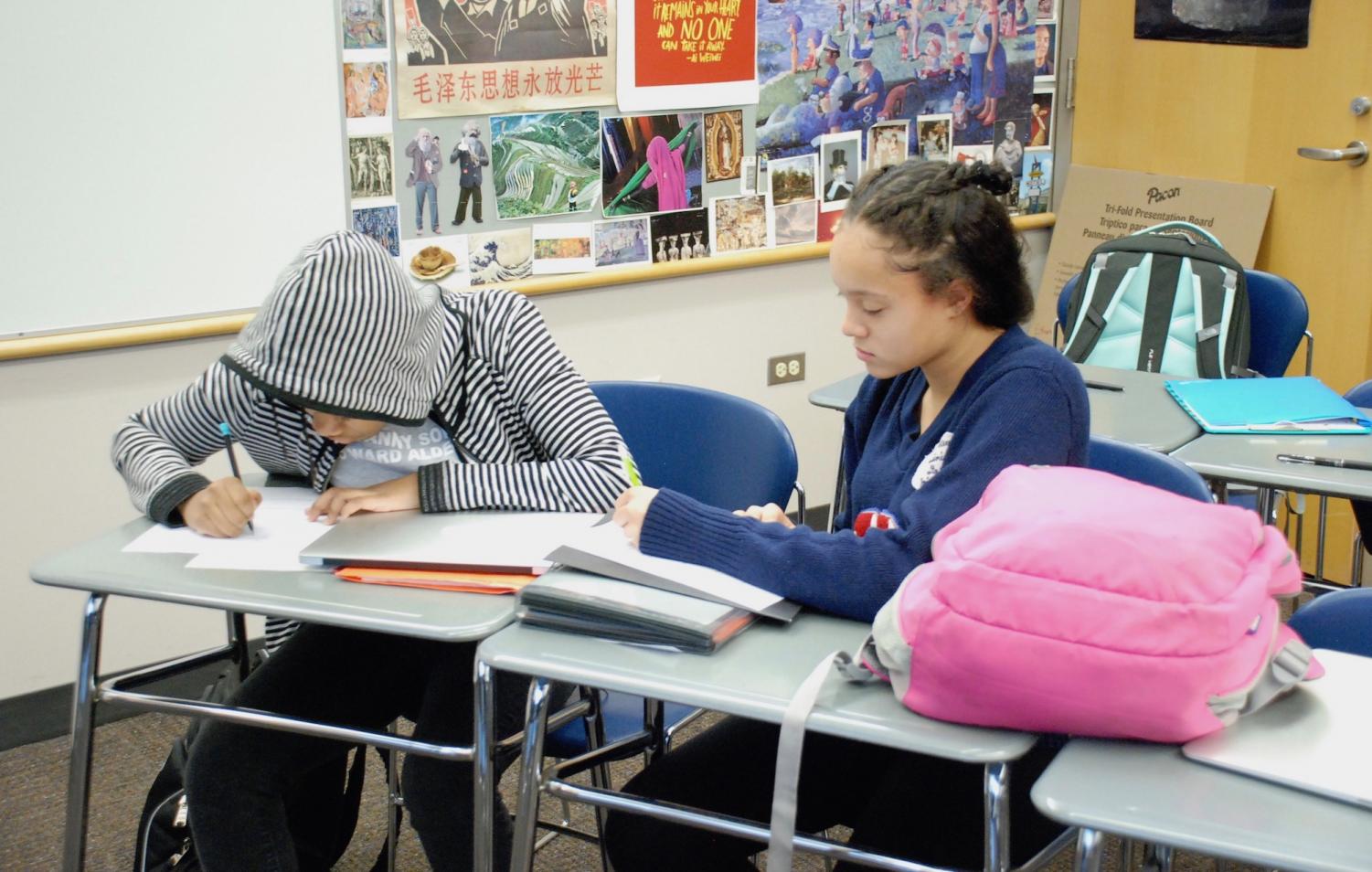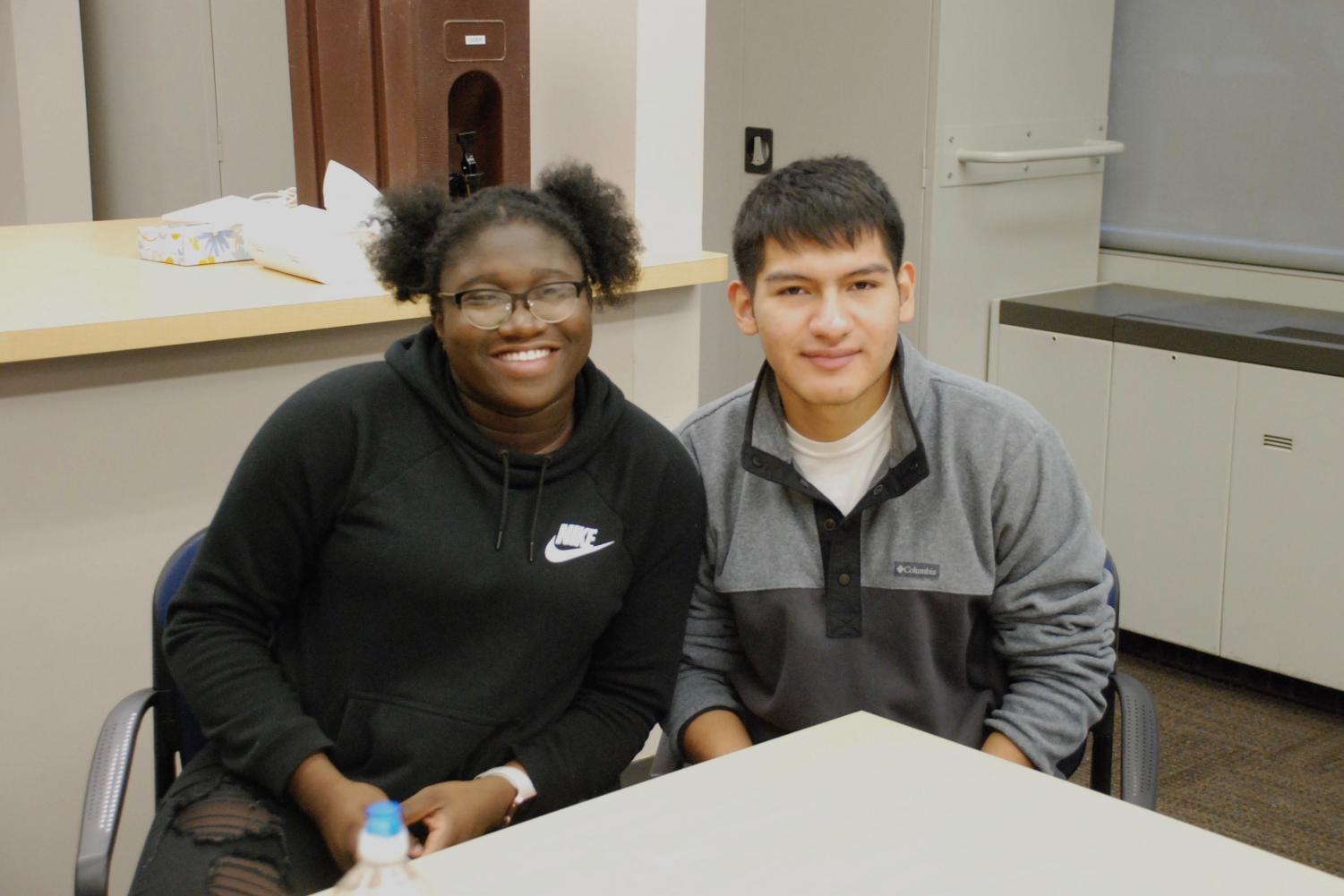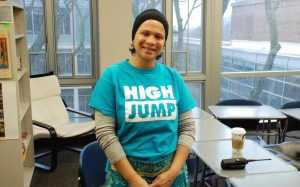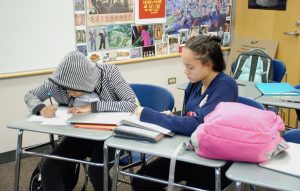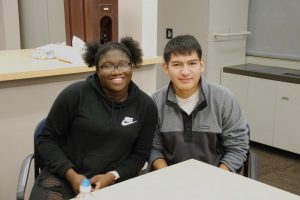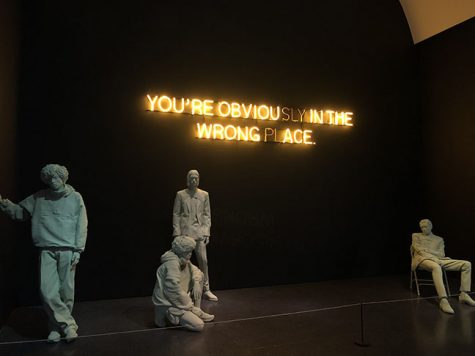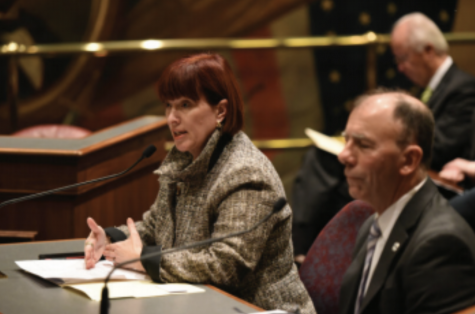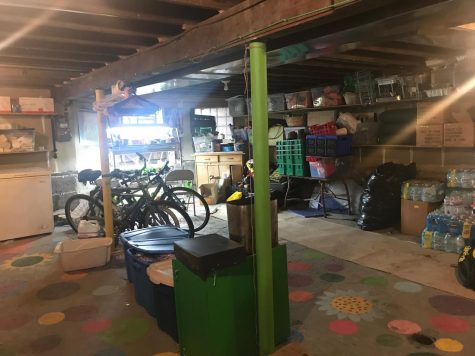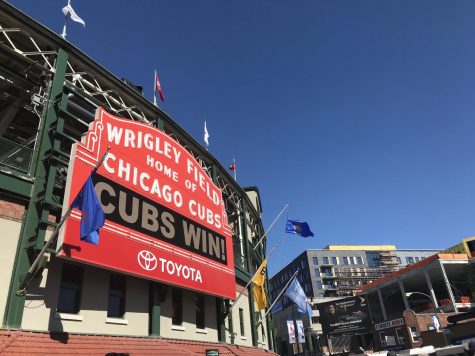Jumping High into High School
A Look Into The High Jump Program
Middle school students from across Chicago fill the classrooms of Parker, Latin School of Chicago, and The University of Chicago Laboratory School for six weeks during the summer, and a few Saturdays each month throughout the year. These students are enrolled in enrichment classes as a part of the High Jump Chicago Program.
High Jump is a two year-long program for seventh and eighth graders across Chicago. High Jump is tuition-free and helps students with limited resources gain the information and preparation they need to enroll in competitive Chicago high schools.
“In a city where access to high quality high schools isn’t equal, we ensure that our students have every advantage that we can give them in that process, especially preparation for high school and application support,” Executive Director at High Jump, Nate Pietrini, said.
The High Jump program was founded in 1989 at the Latin School of Chicago, with help from Parker, with the purpose of providing access to competitive high schools to students who lacked necessary resources. “You have students that have an awful lot of potential and they don’t have the opportunity to achieve to what is a level that they are capable of doing,” Physical Education teacher and former associate director of High Jump Pat McHale said. “The idea of High Jump was to bridge that gap and to make sure that students were prepared.”
In High Jump’s first year, 16 students were enrolled in the program, which grew to 40 students by 1994. By 2013, 280 students were attending the High Jump program. As of 2016, High Jump serves 360 students annually. “Programs like High Jump are important because our city and our nation have not yet figured out how to run school systems with equity,” Pietrini said. “We need groups like High Jump to step in and bring equity to some students.”
High Jump provides year–round classes, support for choosing high schools, meals, free admissions exams, and travel opportunities such as field trips and retreats. The summer portion of the program includes six week-long summer intensive sessions occurring Monday through Friday from eight in the morning to four in the afternoon. During the rest of the school year, students attend two to three Saturday classes each month.
High Jump classes include algebra, biology, physics, humanities, and writing workshops. “They also offered classes that you wouldn’t take at school, such as Learners and Leaders, Issues and Ideas, Theatre, and Visual Arts,” freshman and High Jump alumna at Latin’s campus Noemi Ponce said. High Jump provides eighth graders a “High School Choice” class in which they prep for exams and are given support in choosing the most suitable high school.
“Seeing the kids and working with the families, that is my favorite part,” Parker Campus Director of High Jump Karen Thomas said. “I love coming on Saturdays and during the summers and talking with the kids about their goals and their dreams and seeing them start achieving that,” As Campus Director, Thomas deals with logistics and makes sure the day runs smoothly. She answers questions and communicates with students and parents.
The classes provided at High Jump give a boost in both high school classes and the student’s current middle school classes. Chandravi Soni, a seventh grader at West Ridge Elementary School, said “I have a better understanding of the concepts that we learn at school.”
Each cohort, which is the group of students for each grade, is split into the campuses at Latin, Lab, and Parker. Students choose the campus they want to go to for the program, and usually end up at their first or second choice. Within each campus group, students are split into four sections of around 12 students. Each section attends fifty minute classes as a group.
Five students who attended the program are now part of the Parker Class of 2022. Freshman Destiny Degante participated in High Jump at the Parker campus. Her fifth grade teacher recommended her to the program. “I thought it was a great opportunity,” Degante said. “I am so grateful for this program. If it wasn’t for High Jump, I wouldn’t be where I am right now.”
“I decided to attend High Jump because I saw all the great opportunities it had provided my sister with,” Ponce said. Students who attend High Jump are required to maintain a grade average greater than or equal to a “B” at school and in High Jump classes throughout their time in the program. High Jump accepts high performing sixth graders from diverse backgrounds and various Chicago neighborhoods. The process to apply to High Jump involves interviews, two essays, recommendation letters, and transcripts complete with grades and test scores.
“Coming here enforces the message that they are smart and they can achieve great things,” senior and teaching assistant for High Jump Carlos Lopez Martinez said. “It opens a lot of doors that kids from lower income neighborhoods or who don’t have that many resources in their school can get.”
This year, there are 360 High Jump students and a network of over 1,500 alumni. In 2018, 95 percent of High Jump students began attending what the program classifies as “top” college prep high schools. 98 percent of High Jump alumni began attending four year colleges and universities, 62 percent of which are first generation college students. Students from all over the Chicago area attend High Jump. “My favorite part about High Jump,” Ponce said, “was that I got the chance to learn many things and become friends with a diverse group of peers that came from different areas of Chicago.”
High Jump classes are run similarly to Parker classes. “I’m so glad I got that exposure,” Degante said, “or else I wouldn’t be able to adapt to Parker classes as easily as I did.” High school students who attended the program stay in touch with High Jump through the alumni program coordinator. The alumni program coordinator communicates with students so that, if they are struggling in their new schools, they can get the additional support. “I think that High Jump is a very good program that helps a lot of kids get that message that their education is valuable and they deserve a wonderful education,” Lopez said.
In past years, students have gone to top independent schools, magnet schools, boarding schools, selective admissions schools, and parochial schools. “They guided me through the high school process, so I could choose what high school was the right fit for me,” said Ponce, “I wouldn’t be attending Parker if it wasn’t for the amazing things High Jump has given me.” High Jump assists with the application process by providing information to parents and providing access to entrance exams for free. “These kids could get into competitive high schools without our help,” Thomas said. “They are really academically focused, they work hard, but the way that our systems are set up in Chicago is not always fair in terms of information that is given to the parents so that they know to apply to certain schools.”
Both the students and the faculty receive the positive impact. “The most rewarding thing about this job is seeing the changed lives,” Piertrini said. “I meet with our alums all of the time and hear from them that their success wouldn’t have been possible without High Jump.”
“These kids are amazing without High Jump. We exist because of them. Looking at the website, people may get ‘we are giving these kids this opportunity’ and ‘they needed this to get from point a to point b’ and that’s not the case necessarily,” said Thomas, “We do help them get the information out and guide them in the process because it is a challenging process for anyone. These kids are amazing and their families are amazing and they are extremely hard working and really care about their futures, which is inspiring to anyone.”
